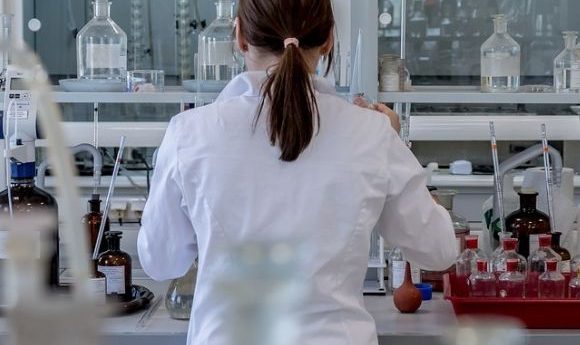Featured journal article: Advances in cancer modeling: fluidic systems for increasing representativeness of large 3D multicellular spheroids

The representativeness of a cellular model is fundamental in preclinical cancer studies, being defined as the degree of likelihood between the in vitro model and the in vivo mimicked tumor situation. Although being the gold standard in cell biology for more than a half century, 2D cell cultures poorly represent the complex three-dimensionality of in vivo conditions. Size, heterogeneity and perfusion are three key aspects characterizing the behavior of the tumor and driving its progression.
It has been widely proven that 3D multicellular models enable a more reliable assessment of anti-cancer drugs and radiotherapy treatments, although a recent article emphasized that today there are no well-established approaches to obtain relevant biological data from these models [1]. Moreover, there are not even shared definitions of multicellular aggregates, spheroids, microtissues and organoids.
Therefore, this work provides an opening rationale for the different terms today used for 3D cell cultures and discusses the benefits of using large-sized spheroids as 3D preclinical culture models. Finally, this work outlines the microfluidic systems that are now ready for 3D culture cultivation and manipulation in dynamic controlled conditions, representing a further step towards more representative 3D in vitro cancer models.